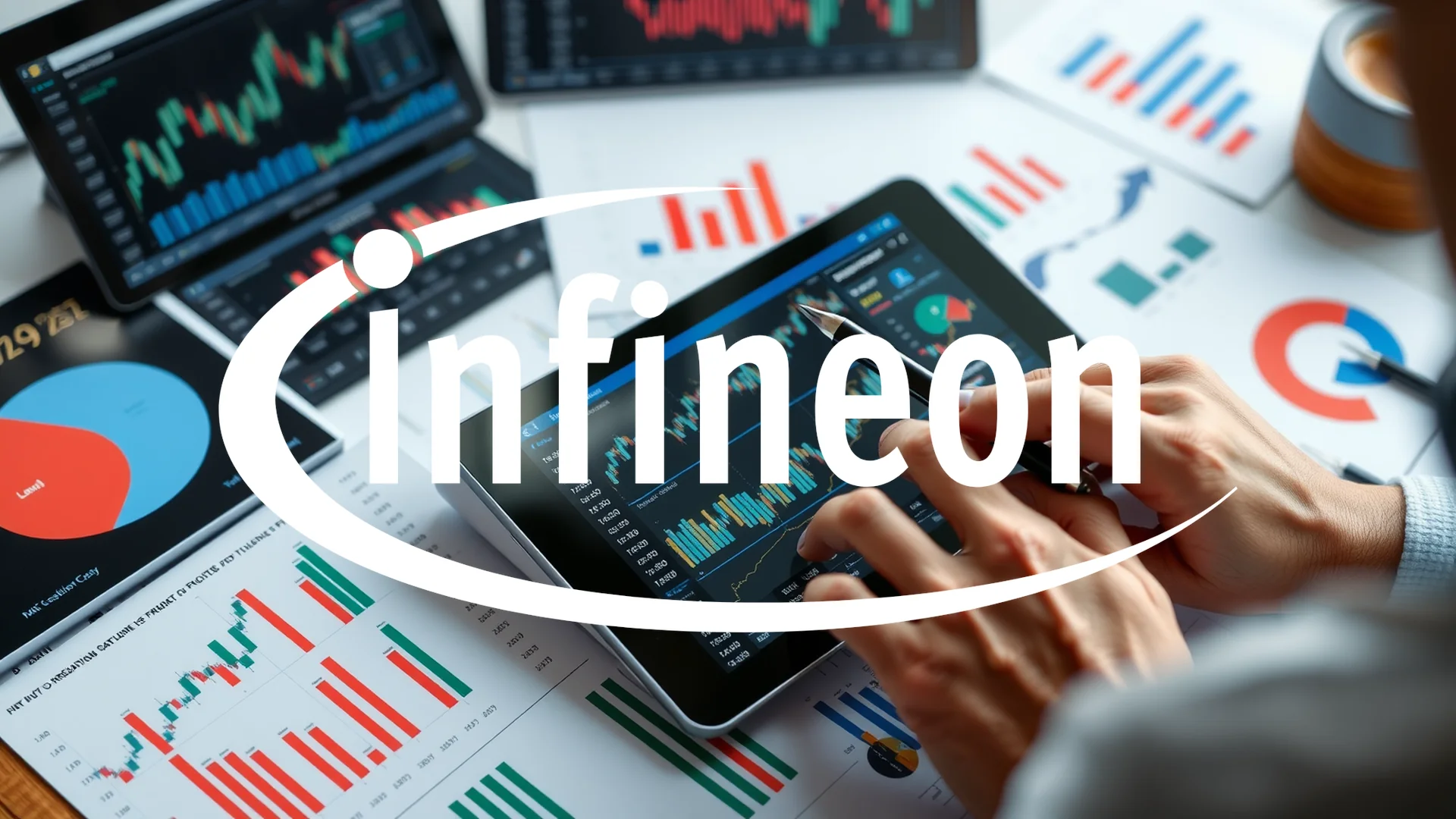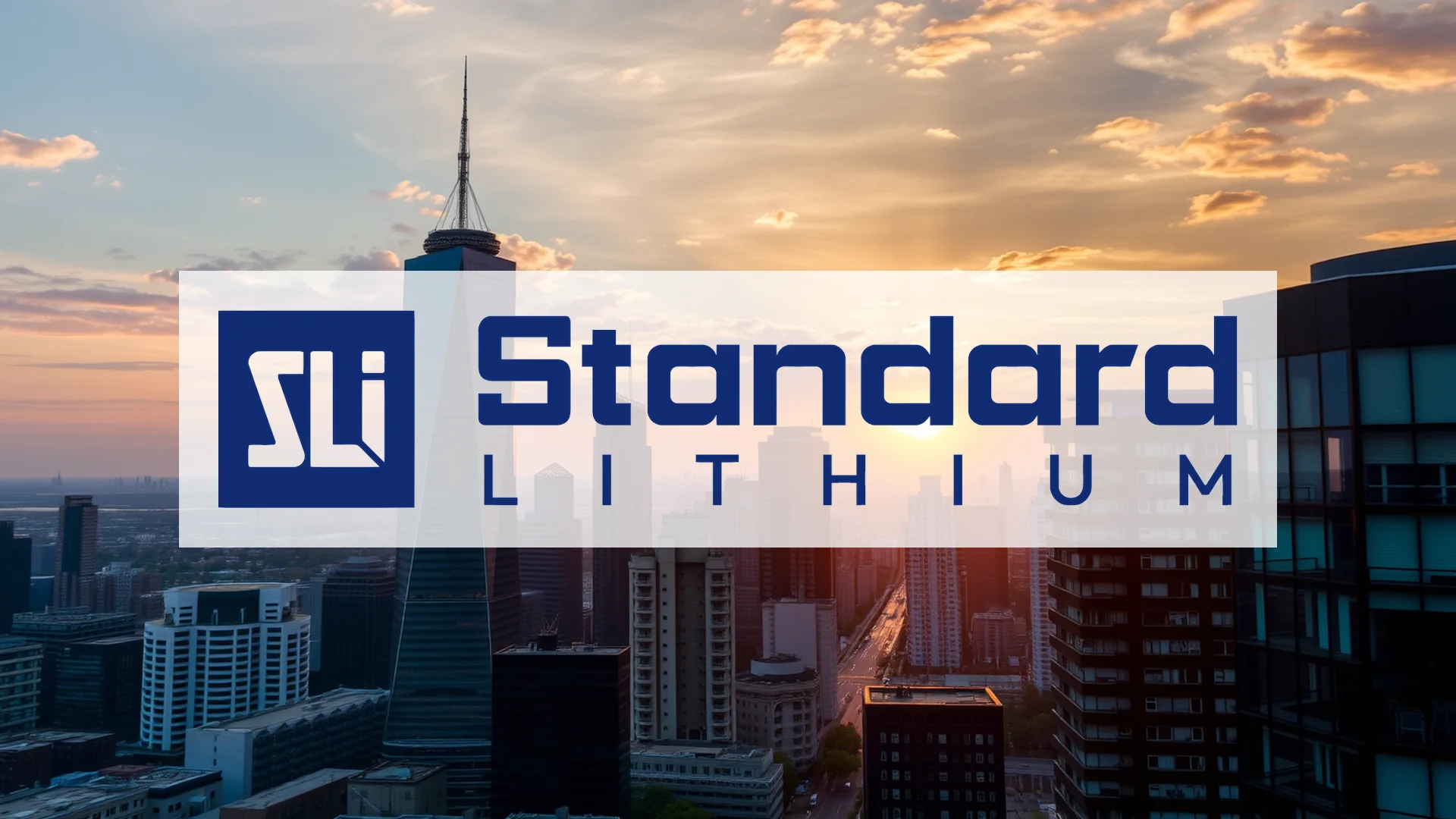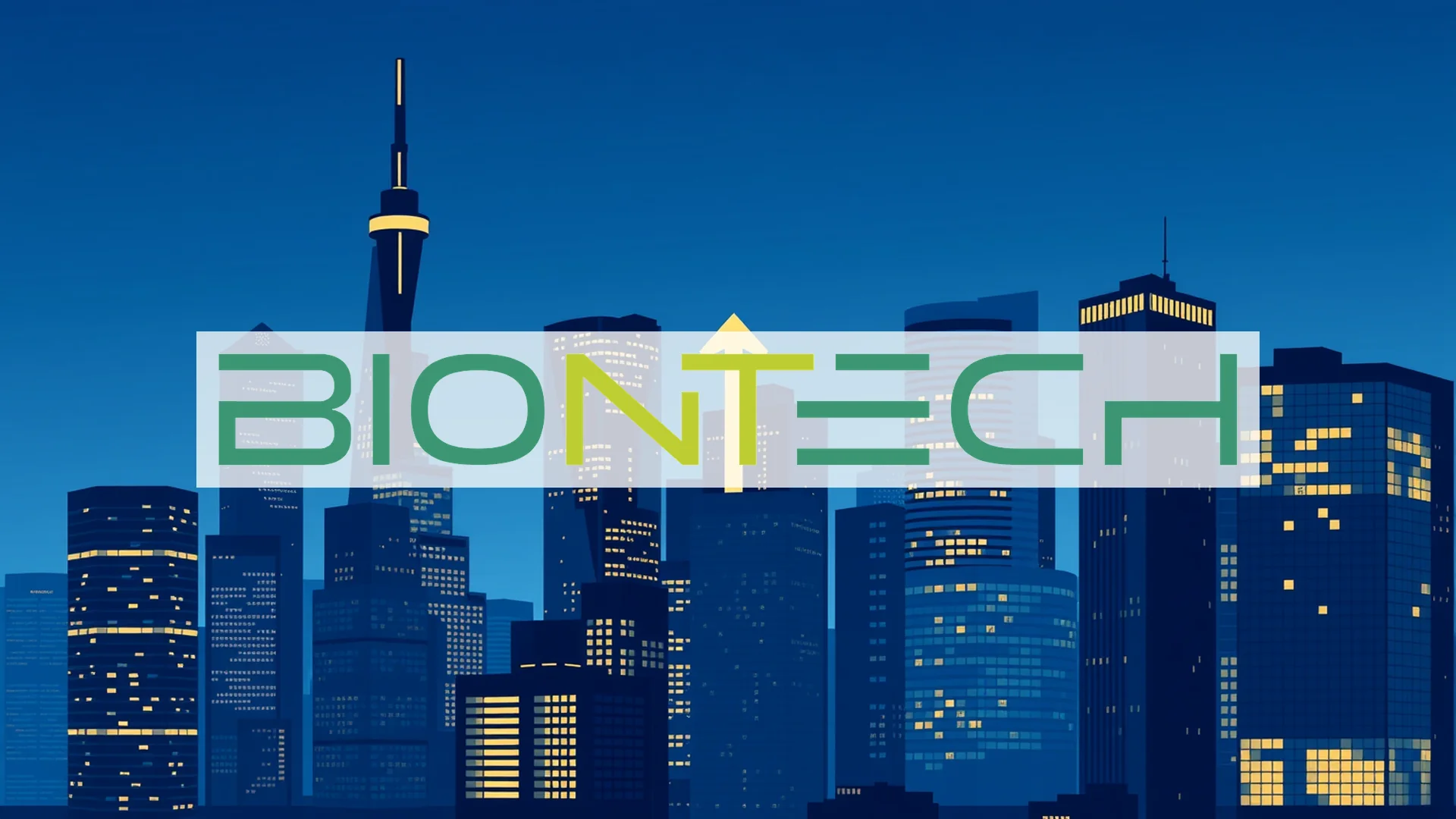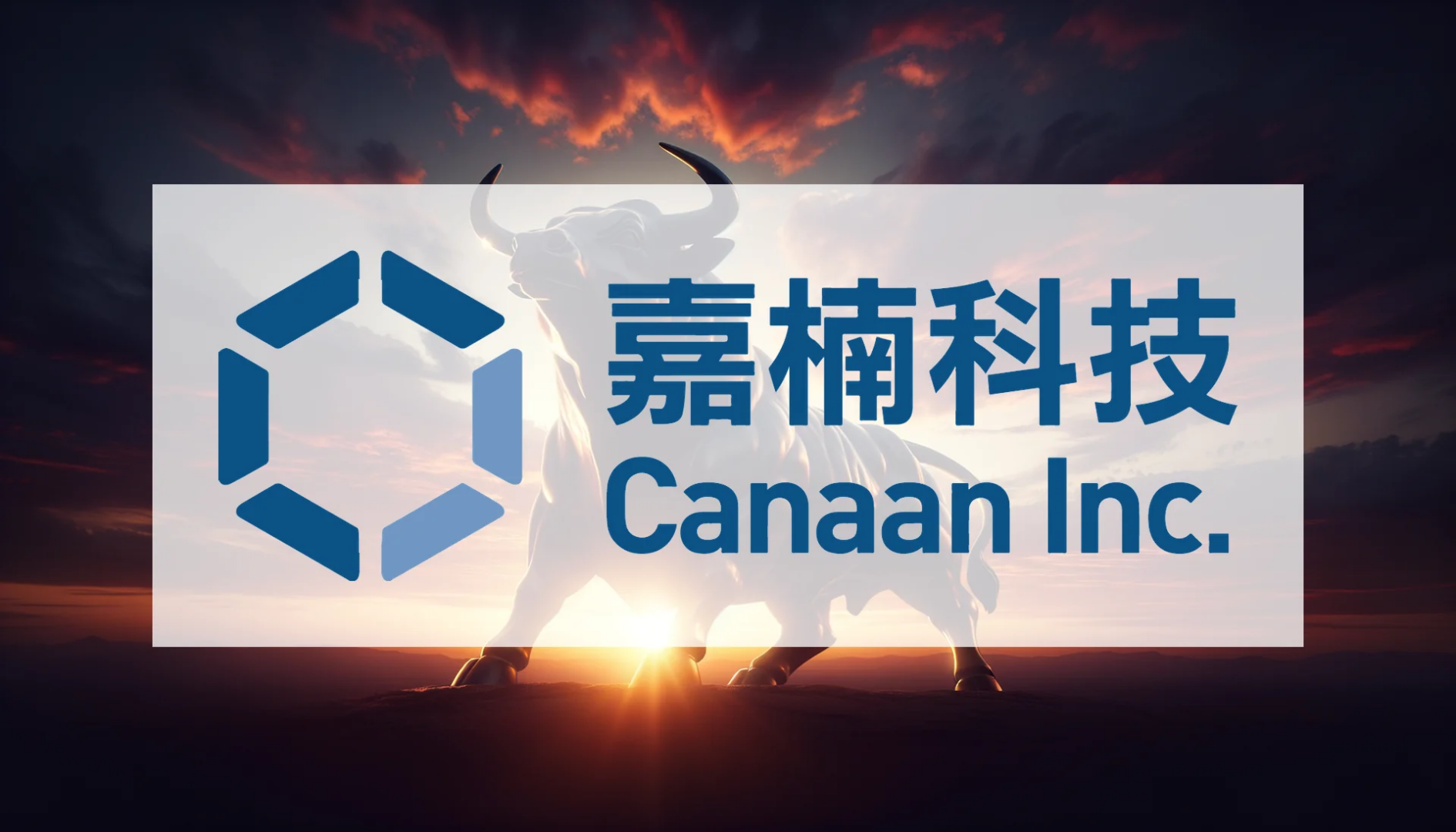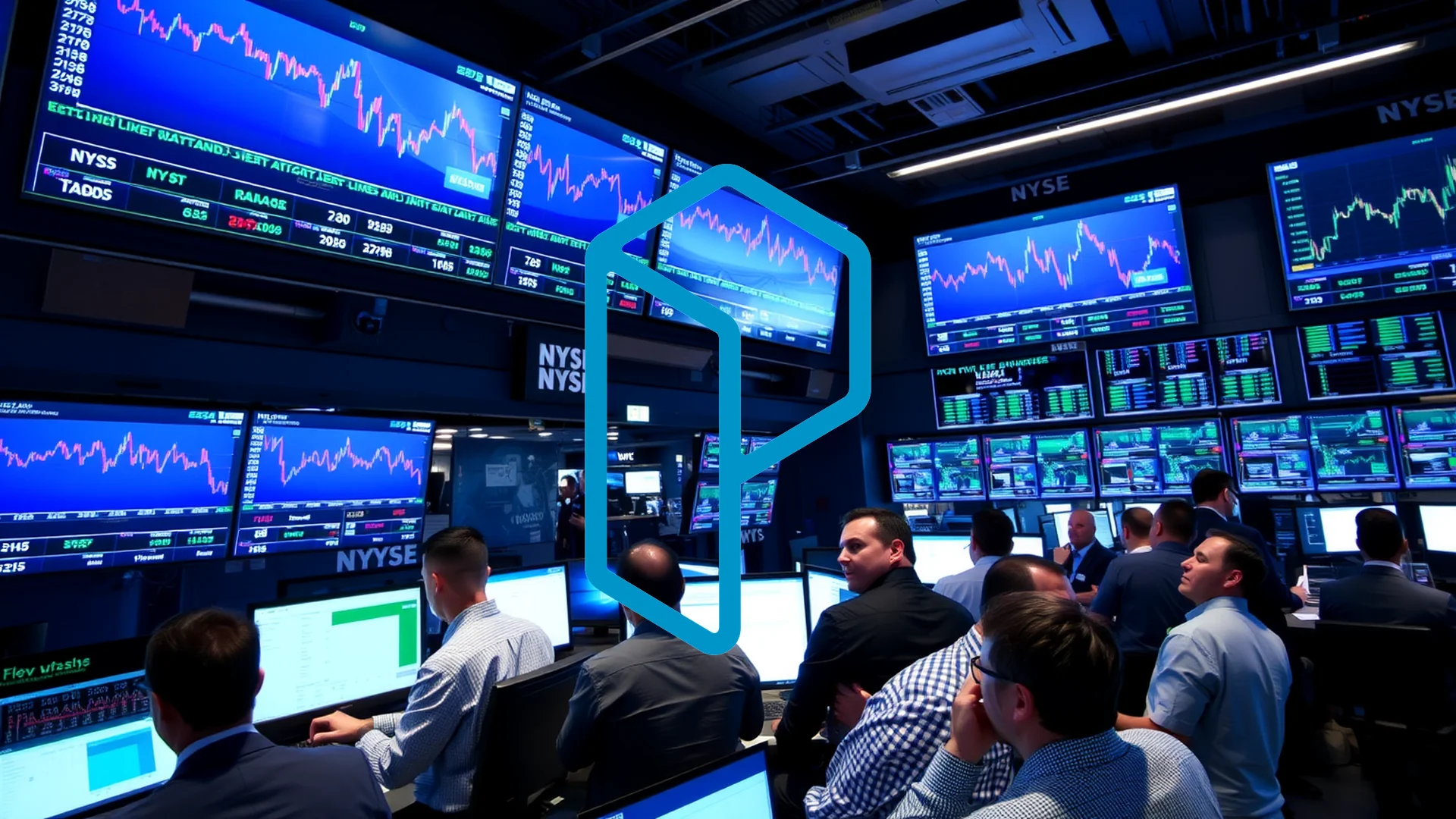The semiconductor giant Infineon finds itself navigating turbulent market conditions as its strategic initiatives clash with operational realities. While company leadership attempts to project confidence through carefully orchestrated moves, the underlying business performance tells a contrasting story. The critical question facing investors is whether Infineon can engineer a meaningful turnaround before challenging industry dynamics intensify the pressure.
Semiconductor Sector Under Pressure
Market weakness has become the dominant theme across the global chip industry. Sectors once considered reliable growth engines are now presenting significant challenges. Despite the promising long-term prospects driven by artificial intelligence and electric vehicle adoption, near-term outlooks have substantially deteriorated.
Infineon’s stock performance clearly reflects these sector-wide difficulties. The shares have remained stagnant for months, trading at levels barely above their January starting point. This prolonged sideways movement sends an unambiguous message—the company’s core operations are failing to generate positive momentum.
Strategic Diversions Versus Business Fundamentals
Recent corporate announcements have emphasized sustainability agreements, including long-term contracts for wind and solar power. Although environmentally conscious strategies make sense from a long-range perspective, they do little to address the immediate operational challenges.
The company’s recent share repurchase activity further highlights the current strain. Between October 13th and 17th, Infineon systematically acquired its own shares in the market. Such programs often signal an attempt to artificially support share prices when fundamental business drivers are lacking.
Should investors sell immediately? Or is it worth buying Infineon?
Key Challenges Facing Infineon:
– Persistent demand weakness throughout the semiconductor sector
– Stagnant share price lacking positive catalysts
– Strategic maneuvers masking operational deficiencies
Turning Point or Temporary Respite?
The central uncertainty remains whether Infineon can reverse its current trajectory. While share buybacks technically increase the ownership percentage of remaining shareholders, they don’t alleviate the pricing pressures in the automotive and industrial segments.
Technical indicators show the stock trading in significantly oversold territory with an RSI reading of just 24.8. However, whether this technical position alone can fuel a sustainable recovery remains questionable. The shares currently trade approximately 15% below their 52-week high of €38.80, clearly illustrating the prevailing market sentiment.
Upcoming quarterly results will determine whether the company’s strategic moves are gaining traction or if Infineon remains trapped in its downward trend.
Ad
Infineon Stock: Buy or Sell?! New Infineon Analysis from December 5 delivers the answer:
The latest Infineon figures speak for themselves: Urgent action needed for Infineon investors. Is it worth buying or should you sell? Find out what to do now in the current free analysis from December 5.
Infineon: Buy or sell? Read more here...

